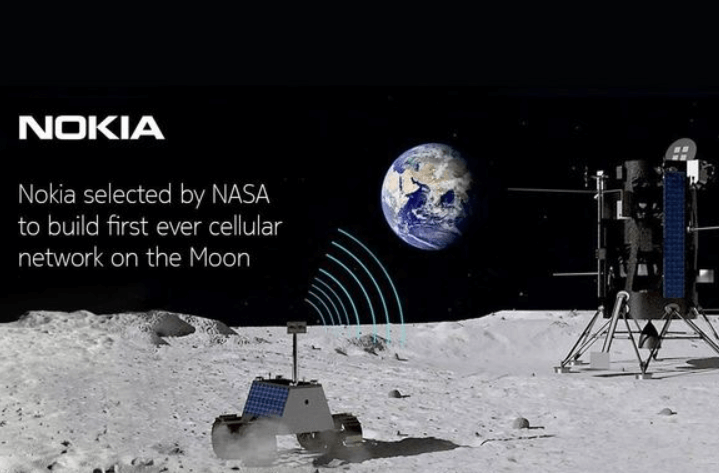Since the last few weeks, auroras and solar storms have secured a place around the social media. Due to the sun’s peak activity this year, solar storms have been occurring frequently. Similarly, our neighbour planet, Mars has been experiencing the same over the last few days.
MARS, the red neighbour
Mars is the fourth planet in our solar system which has abundance of ferrite and appears to be in red colour. The scientists have been awaiting a remarkable solar storm since the beginning of the year. Solar systems are natural outer-space events caused by solar flares and mass coronal ejections. The ejected particles reach Mars and cause their radiation to increase rapidly. Unlike Earth, Mars has a thin atmosphere as well as magnetic field. This paves the way for the flares to enter easily which affects the planet as well the research going on.

Source: Universe today – surface of mars
SOLAR MAXIMUM
Due to the sun activity at its peak, scientists call this as solar maximum. On May 20th, Mars experienced the maximum storm which is the X12 — X-class solar flares are the strongest of several types — based on data from the Solar Orbiter spacecraft. The spacecraft is a collaboration between the National Aeronautics and Space Administration and the European Space Agency.
The solar flares exhibit X-rays and Gamma rays followed by the charged particles. As they move in the speed of light (3*108 m/s), they rushed towards Mars in few minutes. The cameras located on the space missions have shown black and white specks which are caused by the charged particles hitting them. The star camera NASA’s 2001 Mars Odyssey orbiter collected the rays and charged particles with the help of its high energy Neuron Detector.

Source : NASA images
SCIENTIFIC OPPURTUNITIES
The phenomenon has opened the path for various new space research opportunities. As the mankind awaits colonisation on Mars, with a manned space mission planned, solar storms are one of the main factors to consider. Researchers have been working on the amount of radiation and the impact it would have when the astronauts land on Mars for the very first time. Further discoveries and discussions are being conducted and tracked by analysts at the Moon to Mars Space Weather Analysis Office at NASA’s Goddard Space Flight Centre in Greenbelt, Maryland. The data collected from RAD would b used to calculate the precautionary acts which should be done before humans reach Mars, keeping the highest recorded radiation into consideration. This phenomenon has been referred to as the ‘MARTIAN AURORAS’.
IMPACTS ON HUMANS:
Astronauts would have been exposed to 8,100 micrograys of radiation, or 30 chest X-rays, if they had been standing next to NASA’s Curiosity Mars rover now. It was the largest surge seen by Curiosity’s Radiation Assessment Detector, or RAD, since the rover landed 12 years ago, even though it was not fatal.
Prolonged exposure can lead to skin cancers and fatal diseases. It could cause a potential damage to the central nervous system. Cliffsides and lava tubes could provide a reasonable protection from these solar flares.
In addition, solar flares could penetrate through spacecrafts and habitat modules. The high amount of radiation can harm the devices on which scientists rely for data collection, communication and much more. This could cause a major failure in the Martian Colonisation process. To avoid this, engineers have been finding innovative methods to build space crafts with radiation resisting materials.
Concluding by, solar storms are not fatal yet but it’d cause a major destruction if the radiation surpasses our global geo-magnetic field.
Frequently Asked Questions ( FAQs)
- Why are solar storms particularly concerning for Mars?
Mars lacks a global magnetic field and has a thin atmosphere, offering little protection against the charged particles and radiation from solar storms. This makes the surface of Mars and any missions there particularly vulnerable to the effects of solar storms.
- How do solar storms affect human missions to Mars?
Solar storms can significantly increase radiation levels on Mars, posing serious health risks to astronauts. These include acute radiation sickness, heightened cancer risk, and potential neurological damage. Protection against this radiation is a major concern for future human missions.









